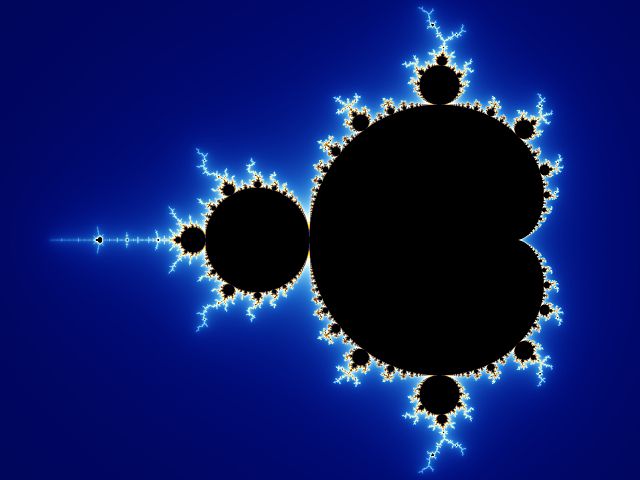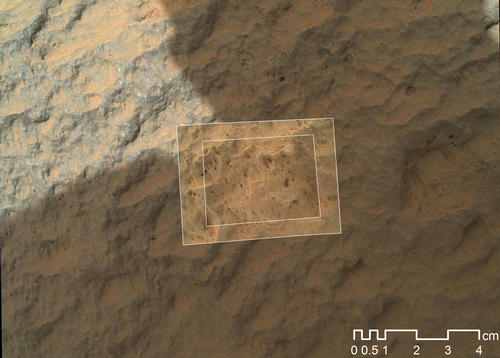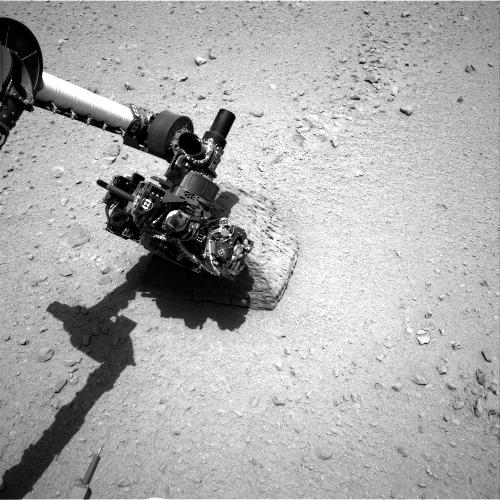
Joseph Keller (US), Raymond Goldstein (US/UK), Patrick Warren and Robin Ball (UK) have been awarded the 2012 Ig Nobel prize for physics for calculating the balance of forces that shape and move the hair in a human ponytail [1,2].
The winners were announced and awarded on Thursday 20th September.
Anyone interested should examine the Ponytail Equation.
References
[1] Raymond E. Goldstein, Patrick B. Warren, and Robin C. Ball, “Shape of a Ponytail and the Statistical Physics of Hair Fiber Bundles.” Physical Review Letters, vol. 198, no. 7, 2012.
[2] Joseph B. Keller, “Ponytail Motion,”, Journal of Applied Mathematics, vol. 70, no. 7, 2010, pp. 2667–72.
Links
Ig Nobel prizes












